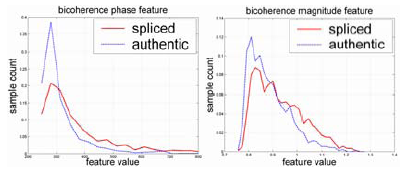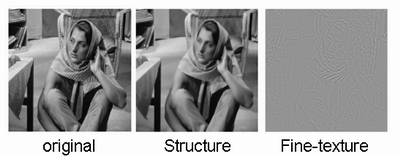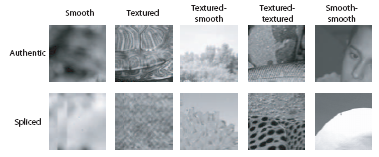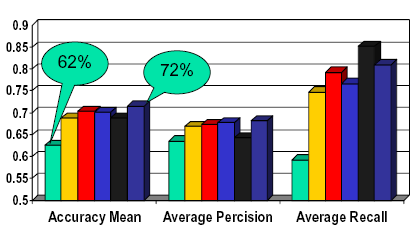Image Splicing Detection

We address the photomontage detection problem, with an assumption of simple cut-and-paste (splicing) without any post-processing such as matting or blending. Bicoherence, a third-order moment spectrum, is used for detecting the splicing discontinuity. A functional texture-decomposition method is used to improve the detection performance. We also provide an analytical model for image splicing and gives theoretical results for explaining why bicoherence can be used for detecting image splicing. The theory is verified by experiments.
Publications [bibtex]
"Blind Detection of Photomontage Using Higher Order Statistics" Tian-Tsong Ng, Shih-Fu Chang, Qibin Sun IEEE International Symposium on Circuits and Systems (ISCAS) May 2004. [Abstract][pdf][slides] "Blind Detection of Digital Photomontage using Higher Order Statistics" Tian-Tsong Ng, Shih-Fu Chang ADVENT Technical Report #201-2004-1 Columbia University June 2004. [Abstract][pdf]
Dataset [website]
Technical Illustration
 |
|
 |
|
 |
|
 |
|
 |
|
 |
|